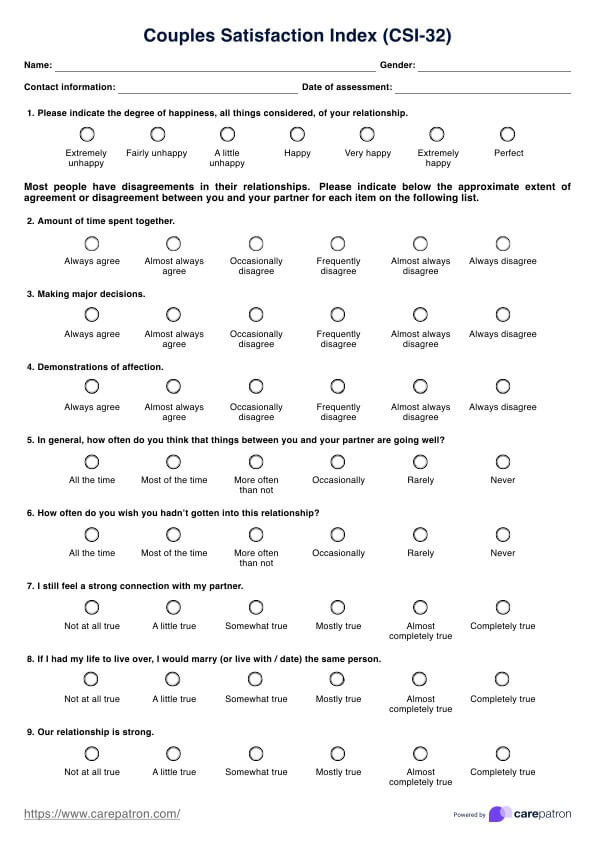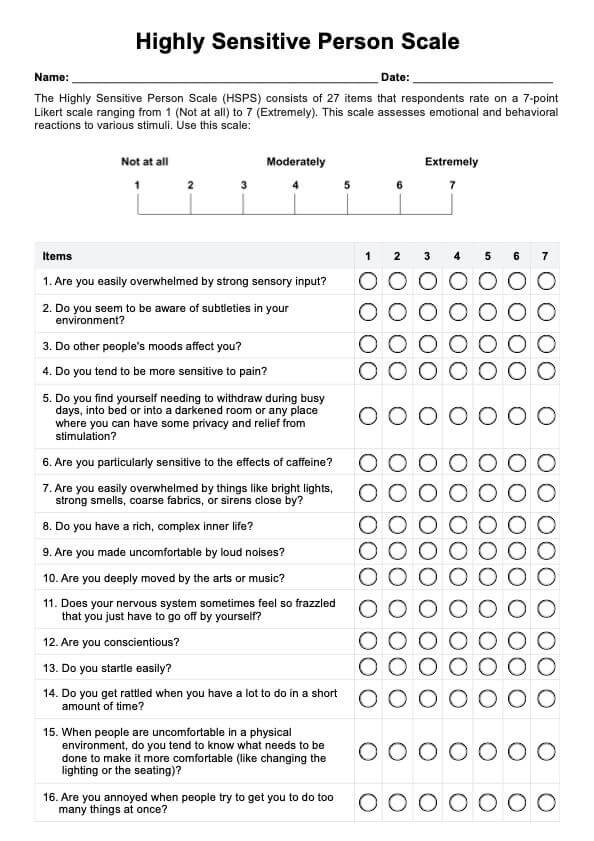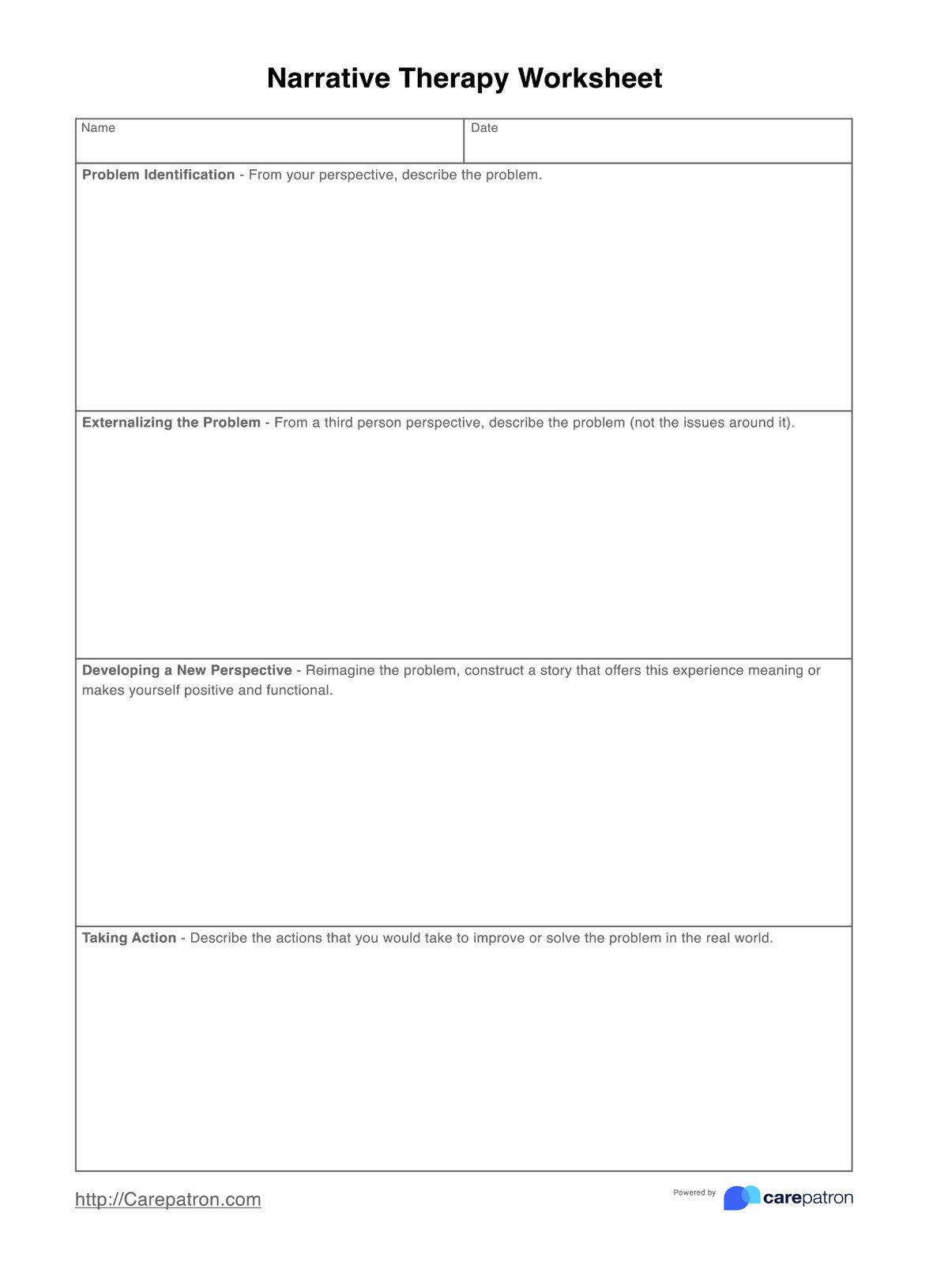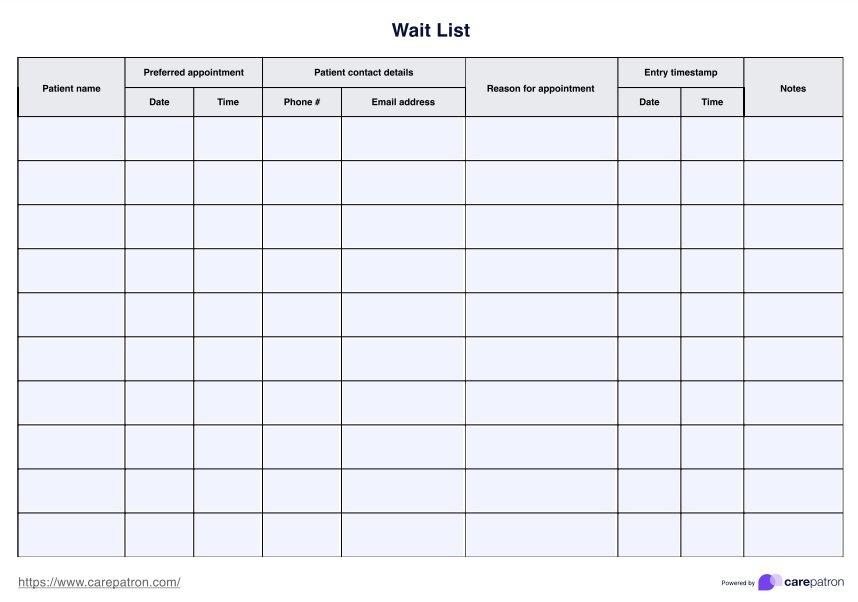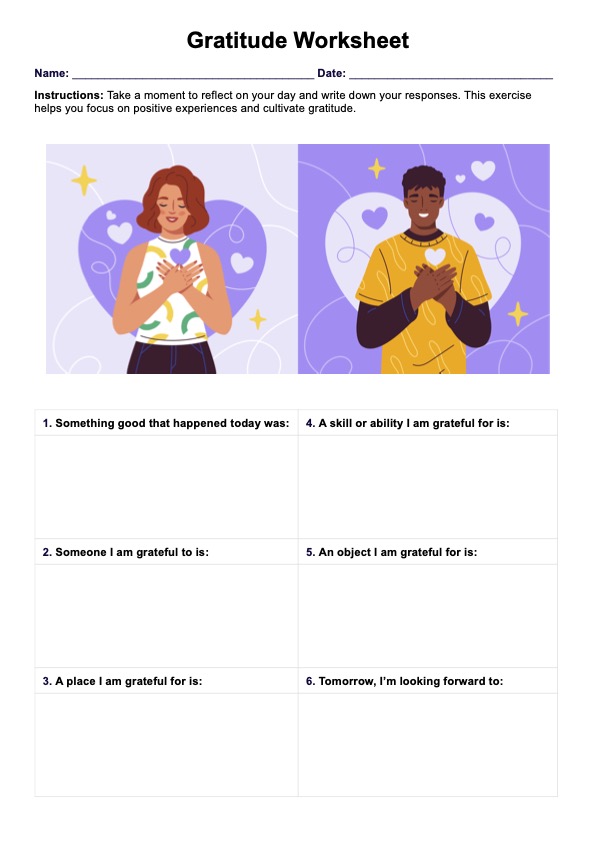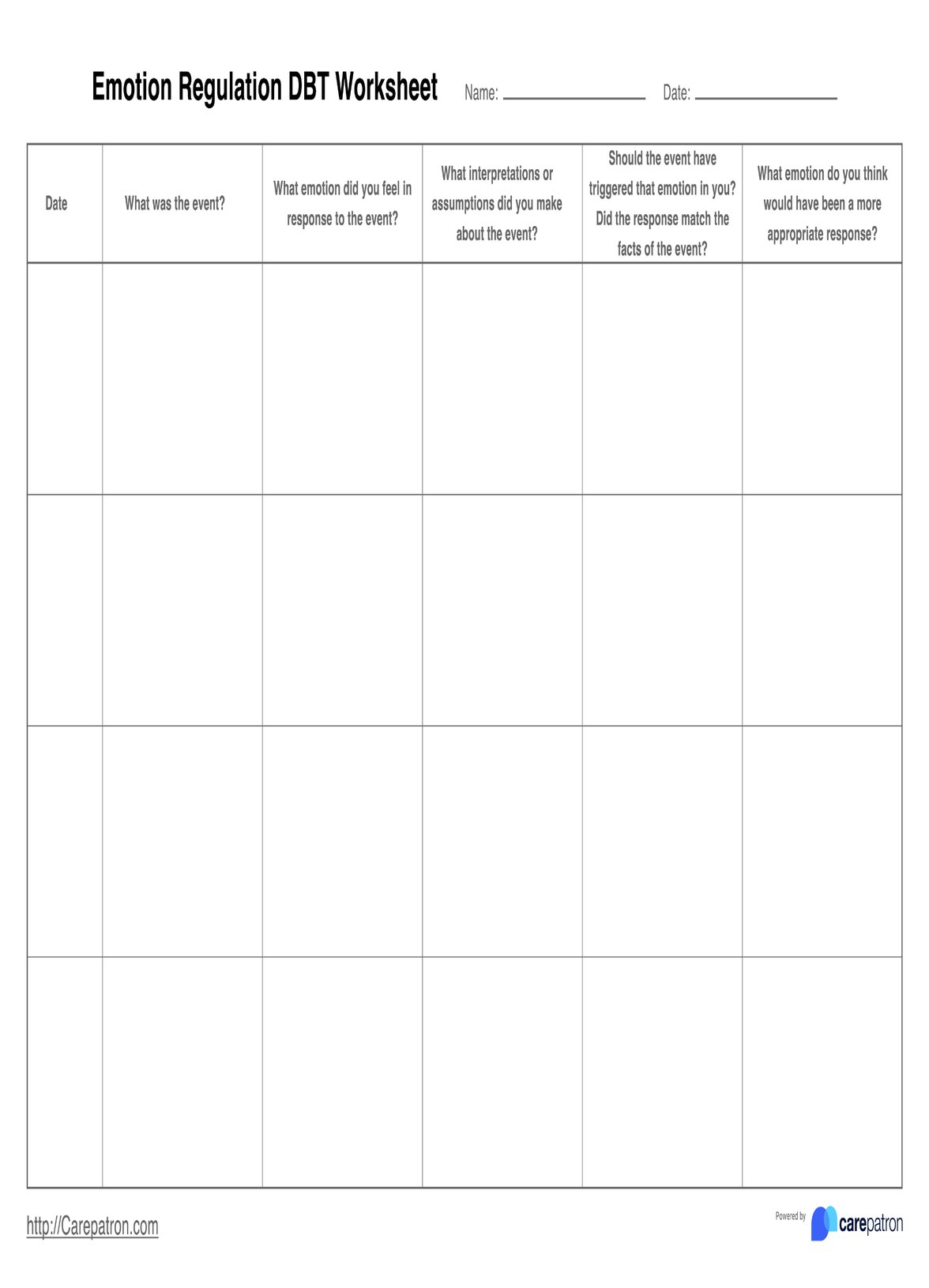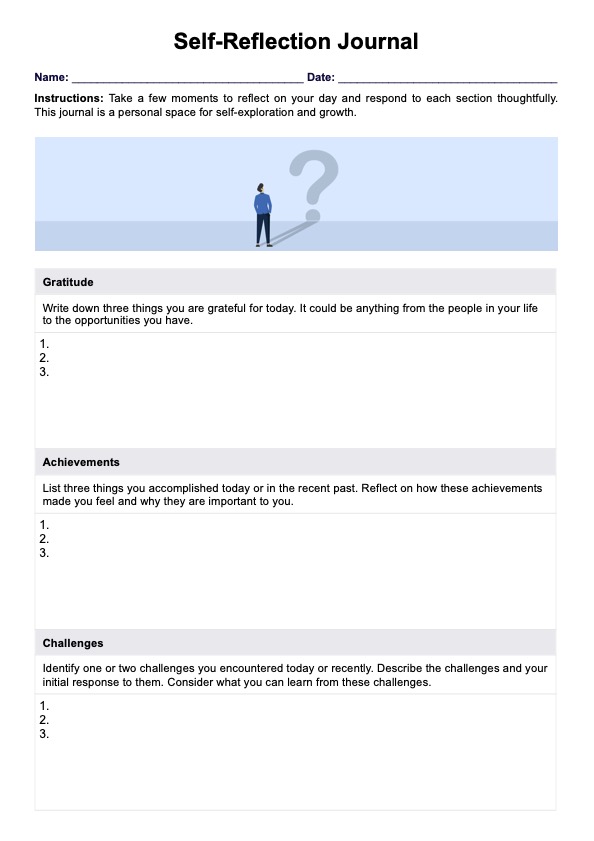Satisfaction with Life Scale (SWLS)
Use the Satisfaction with Life Scale (SWLS) for your counseling practice to see if your client is satisfied or dissatisfied with their life in its entirety or when it comes to some aspects of their life!


What is the Satisfaction with Life Scale (SWLS)?
(SWLS) is a five-item scale developed by Ed Diener, Robert A. Emmons, Randy J. Larsen, and Sharon Griffin in 1985. It is a straightforward and easy-to-use scale that seeks to ascertain whether a person feels satisfied with their life.
It doesn’t try to zoom into specific aspects of their life; however, if the client is dissatisfied with life, the scale leads to opportunities for the counselor and the client to identify what contributes to their dissatisfaction.
If you’re going to use the Satisfaction with Life Scale (SWLS) for your counseling practice, here’s a short guide to help you understand how to use it and interpret the results!
Satisfaction with Life Scale (SWLS) Template
Satisfaction with Life Scale (SWLS) Example
How to use the Satisfaction with Life Scale (SWLS):
Issue this to your client to further understand their situation.
Suppose your client is visiting you for mental health therapy or counseling. In that case, it is prudent to consider different angles regarding what is currently contributing to their mental health issues. You might want to ask them how they look at their life if they’re happy with it or are unsatisfied with the cards that life dealt them
Let’s say that that is the angle you’re going to proceed with. Then, it would be best to issue Diener’s Satisfaction with Life Scale (SWLS) in order to assess the level of satisfaction or dissatisfaction that your client has regarding their life.
You may issue this during your appointment. In the event that your session is online, you may send this to them digitally.
The Satisfaction with Life Scale (SWLS) proper:
As mentioned, the scale is easy to use because it’s only a five-item assessment. The client simply needs to rate themselves based on the following prompts:
- In most ways, my life is close to my ideal.
- The conditions of my life are excellent.
- I am satisfied with my life.
- So far, I have gotten the important things I want in life.
- If I could live my life over again, I would change almost nothing.
They need to rate themselves based on those prompts from a scale of 1 to 7, with:
- 1 = they strongly disagree
- 2 = they disagree
- 3 = they slightly disagree
- 4 = they neither agree nor disagree
- 5 = they slightly agree
- 6 = they agree
- 7 = they strongly agree
Pretty easy and straightforward, right? While this may be easy based on the instructions, answering the prompts can be difficult for the client. Or rather, it might take a while before they even give themselves a rating.
It depends on the person, but sitting down and suddenly reflecting on your life might be an overwhelming experience, especially if it hasn’t been going great, so it’s best to give clients the time and space they need.
Tally the scores.
As the therapist/counselor, there shouldn’t be any hiccups on your end. All you need to do is to add up the scores! The higher the score, the more likely your client is satisfied with their life, or at least is generally okay with it. However, lower scores mean they aren’t happy with it.
Here are the score ranges:
- 5-9 = extremely dissatisfied
- 10-14 = dissatisfied
- 15-19 = slightly dissatisfied
- 20 = neutral
- 21-25 = slightly satisfied
- 26-30 = satisfied
- 31-35 = extremely satisfied
Set the groundwork for further discussion.
If you’re wondering if you can develop a treatment plan based on the score ranges, it’s best that you hold off on that. If the client scores 20 or below, you should frame your next session for them by basing your questions on their answers to identify what contributes to their neutrality or dissatisfaction.
When should the Satisfaction with Life Scale be used?
It’s best to start using this when determining what is causing your client’s mental health issues or what is contributing to them. Naturally, in order to do so, you’re going to have to consider different angles, one of which is asking if they’re satisfied or dissatisfied with their life.
Issuing this as early as possible, like during your first-ever appointment with them, is good. This allows you to immediately set the groundwork for identifying what might be causing or contributing to their problems.
Who can use the Satisfaction with Life Scale (SWLS)?
The following healthcare practitioners can use the Satisfaction with Life Scale for their respective practices:
- (Clinical) psychologists
- Psychiatrists
- Psychometricians
- (Mental health) therapists
- Counselors
The person who will be engaging with this the most will be the client since they will be rating themselves according to the prompts.

What are the benefits of using the Satisfaction with Life Scale (SWLS)?
It’s straightforward and easy to use!
The instructions of the Satisfaction with Life Scale are simple, so there should be no problems on both the practitioner’s side and the client’s side in terms of scoring and answering.
The scoring isn’t vague and gives you something to work with.
What’s great about this is that you don’t have to wonder how to interpret the scores. There are clear designations for you to assess your patient. Given that, you have something clear to work with. Sure, it’s subject to your client’s answers, but at least you can frame your discussions moving forward based on their ratings per prompt.
It can help clients articulate themselves in subsequent sessions.
Even if a person is open to seeing a therapist/counselor, they might necessarily open up to them immediately. It’s tough to talk about one’s problems, and this will vary from person to person. All the more if one is asked to talk about their satisfaction or dissatisfaction with their life.
The scale should give them the prompts (and hopefully distance) they need to examine their lives. They will be rating themselves after all.
It can be used to monitor clients down the line.
While this scale might not be the best to determine a treatment/care plan for your client, it can be used down the line to check for any improvements in their satisfaction/dissatisfaction concerning their lives.
Subsequent use of this scale could help when making adjustments to plans.
To add to the previous point, besides being a useful way to check your client over time, the scale can also help determine how you should adjust care plans.
Let’s say that you came up with a care plan for your client, you used this scale again to check their current satisfaction levels, and the scores didn’t improve much. You can safely say that part of your care plan isn’t working, and maybe you should tweak it a bit to see if the change(s) you made will work.
Applying this care plan template can boost your practice and client achievements. They provide clear pathways for systematic planning.
Commonly asked questions
Once in a while. Usually, these are used once to gauge a client’s satisfaction and dissatisfaction with their life. The way they rate themselves should help drive discussions moving forward. But these can be reissued to monitor how they’ve been doing and if things look up for them.
Not initially. This scale was created to assess the level of satisfaction/dissatisfaction that a client has when it comes to their life. This will help find opportunities to determine the factors that contribute to a client’s dissatisfaction to further discussions for subsequent appointments.
However, it can be used to determine what changes can be made to a care plan. If you’ve already created a plan for the client, you can use this scale again to check on them. If they score low, that might indicate that an aspect of your plan might not be working. The scale might help you determine the adjustments you need. This is not a guarantee, though. It’s mainly there to offer perspective.
The ratings will be given by your client, so it’s based on their experiences. That means it’s subjective, and you will be relying on how they’ve rated themselves. The scale does create a semblance of objectivity, though. By assigning designations to score ranges, it gives you something to work with. What you will be doing moving forward will be based on the score range your client’s score will fall under.


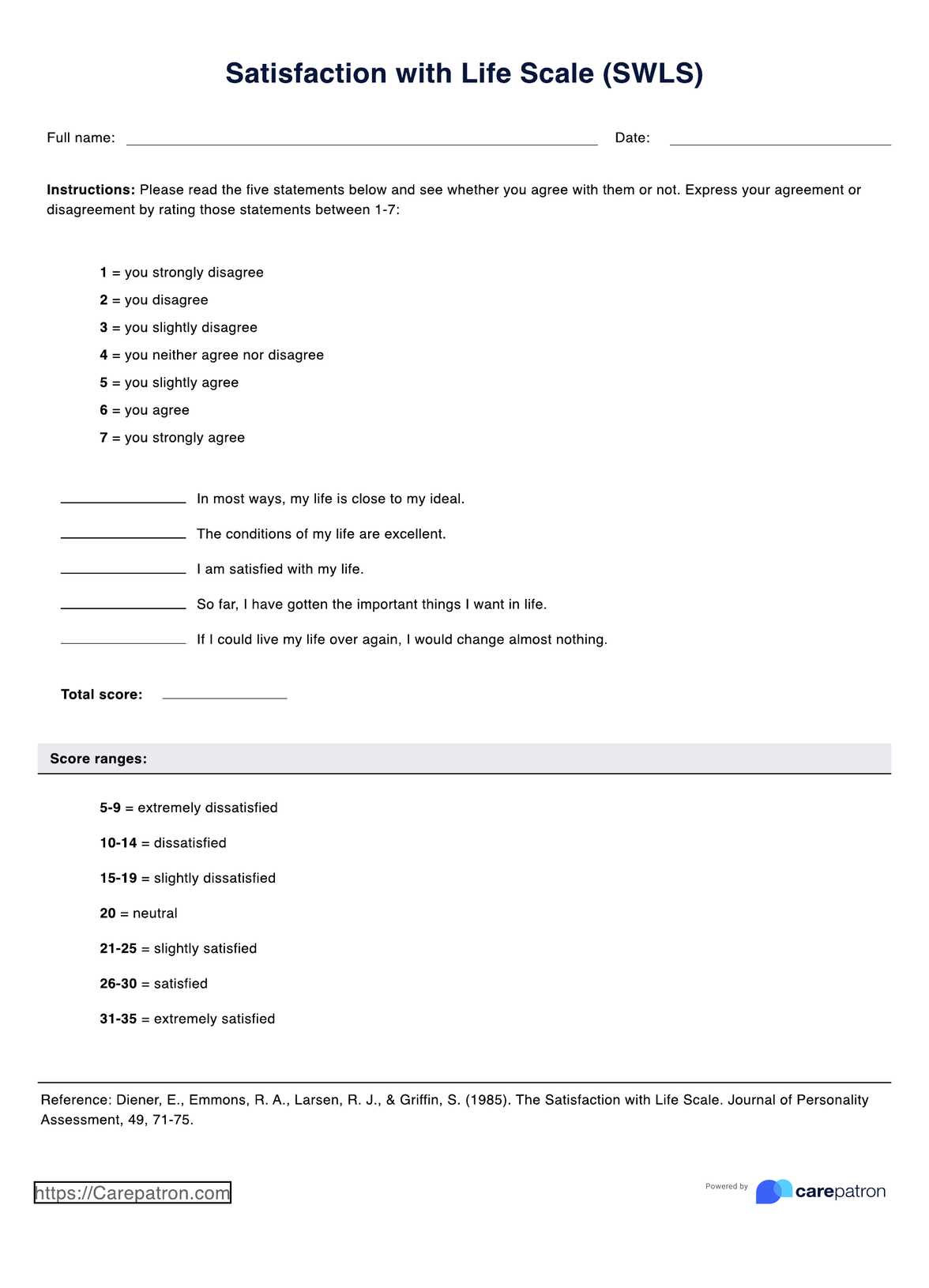
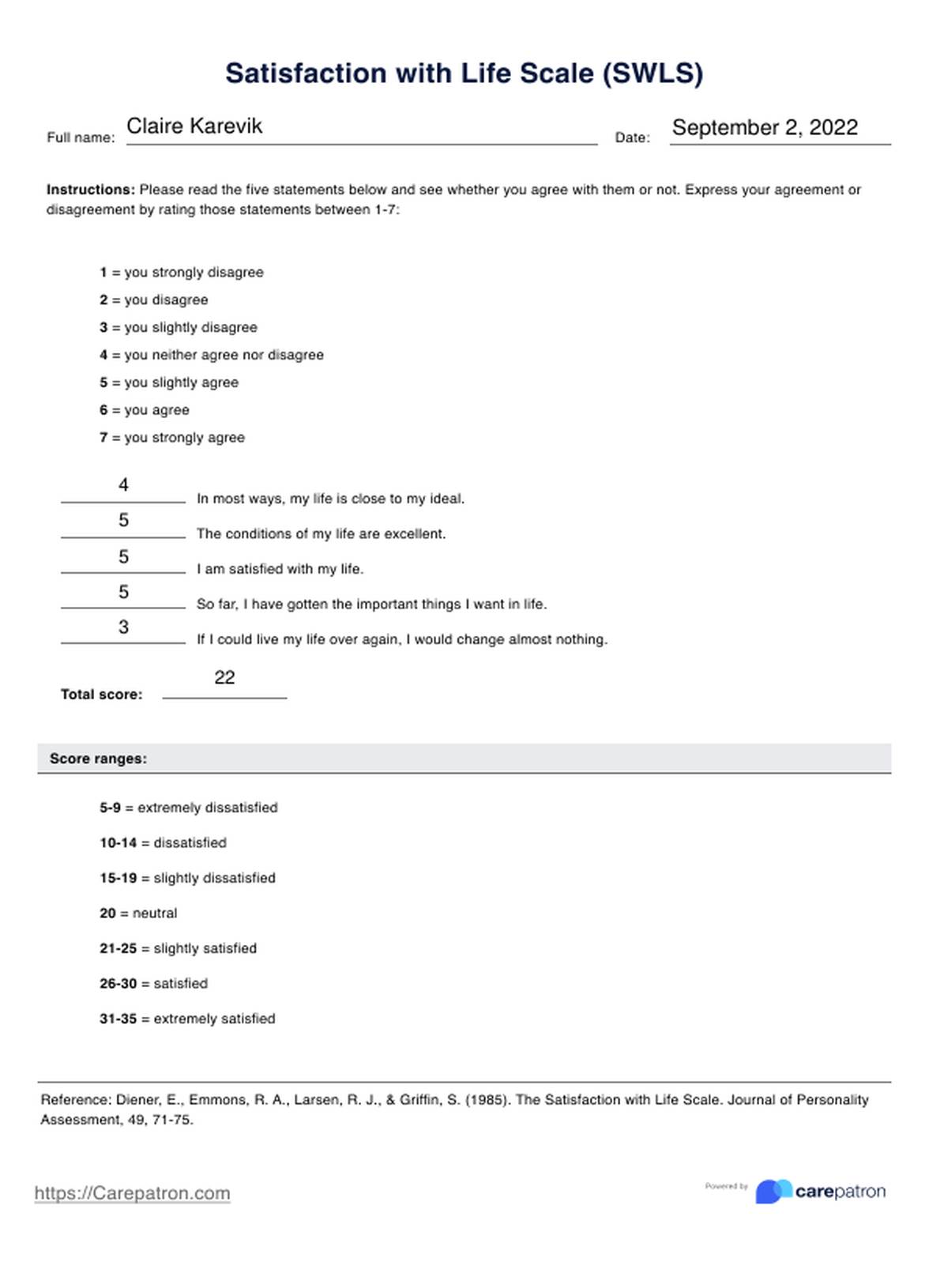


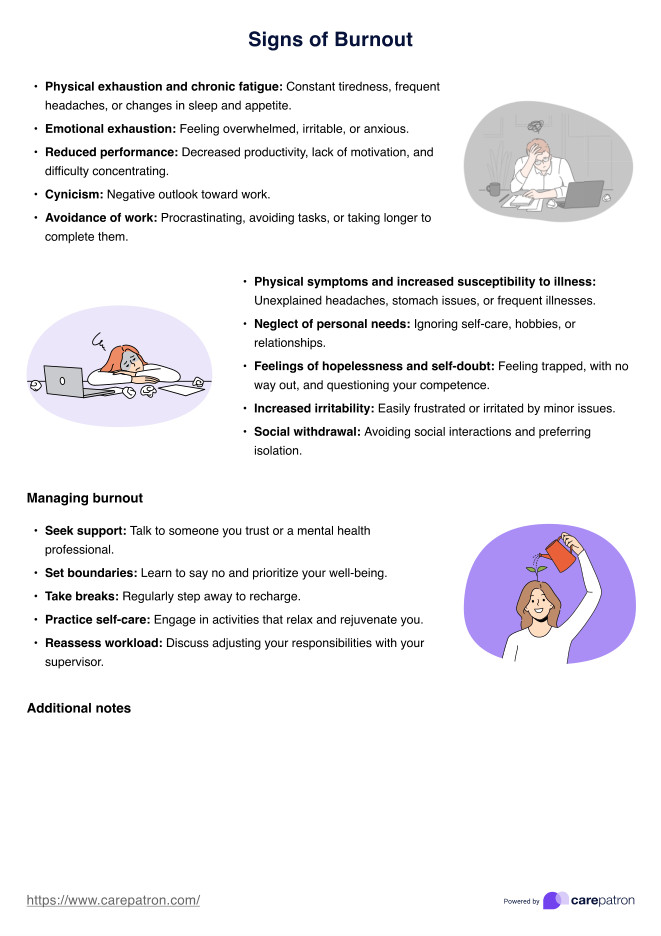
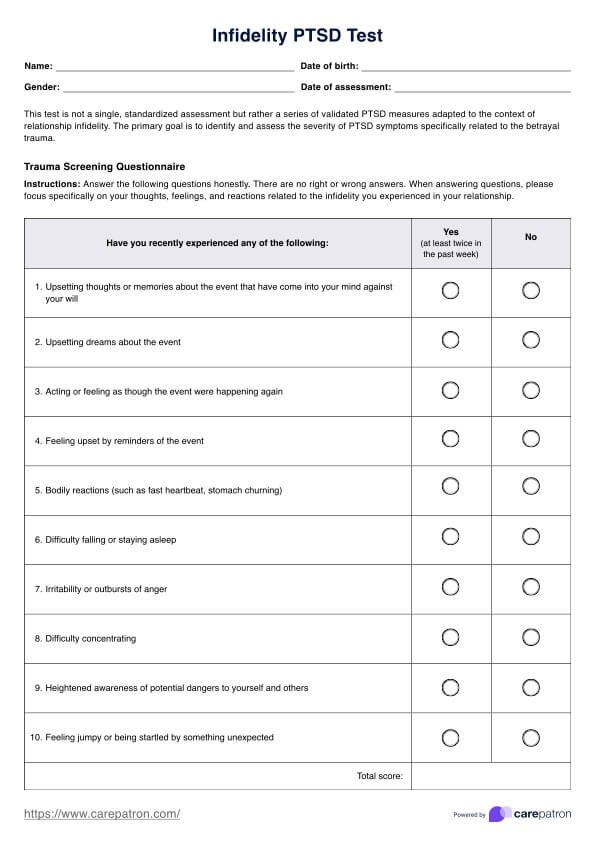









-template.jpg)










































































